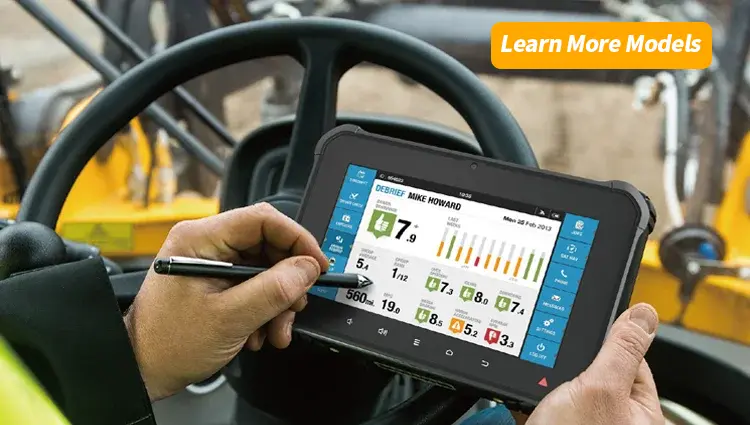Efficient City Transportation: The Quiet Engine Behind a Thriving Metropolis
Urban growth demands innovative, efficient, and sustainable transportation systems. Cities that prioritize smart mobility not only enhance productivity but also improve the quality of life for their citizens. As populations continue to rise, traffic congestion, pollution, and inefficiencies threaten economic growth. The path forward lies in developing integrated transportation solutions that address these challenges head-on.
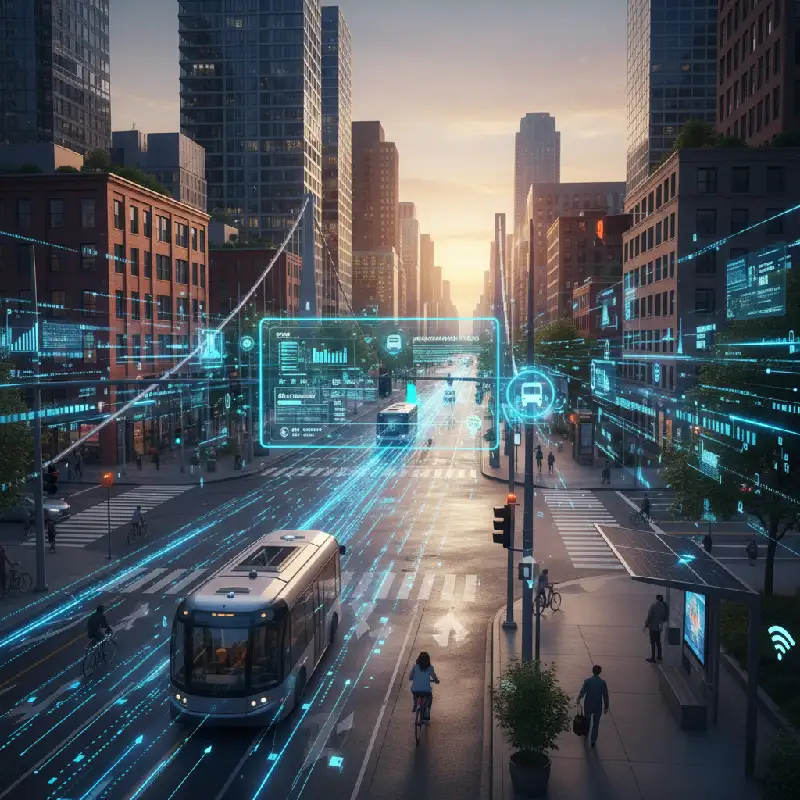
1. Why Urban Productivity Lives or Dies on the Road
Time is money, but in cities, space is money too. Every extra minute a delivery van idles in gridlock or a software engineer crawls through traffic is value vaporized. McKinsey finds that traffic-choked metros forfeit up to 2–4 % of annual output—billions that could fund schools, startups, or sidewalk cafés.
Flip the coin and the upside is equally dramatic:
- Congestion drops 15 % when traffic lights sync to real-time flow.
- CO₂ emissions fall 20 % when buses run on electricity and schedules actually match demand.
- Retail sales rise 12 % when pedestrians feel safe enough to linger.
In short, efficient city transportation is the cheapest economic stimulus a metro can buy.
2. Smart Infrastructure: More Than Just Fresh Asphalt
Pouring concrete is 20th-century thinking. 21st-century winners layer data, sensors, and low-carbon hardware on top of legacy networks.
| Upgrade | Pay-off |
|---|---|
| AI-timed signals | 10–30 % shorter delays at intersections |
| Dynamic curb allocation | Delivery vans cut double-parking 40 % |
| “Park & Ride” apps linked to contactless tickets | 7 % shift from private cars in Oslo |
| Solar-powered bus shelters with USB charging | Off-grid energy + happier riders |
The common thread? Real-time feedback loops. Cities that treat streets as living software, not static hardware, see the fastest ROI.
3. Congestion Relief That Doesn’t Require New Highways
Wider roads invite more cars—induced demand 101. Instead, target behavioral nudges:
- Congestion pricing (Stockholm): 20 % traffic drop, 14 % retail growth in the zone once shoppers switched to transit.
- Dedicated BRT lanes (Bogotá): Buses cruise 27 km/h versus 13 km/h in mixed traffic.
- Tactical curb pricing: Charge UPS or DHL by the minute, not the hour, and miraculously packages unload faster.
- Employer flex-hour contracts: Stagger 10 % of commutes and peak volumes flatten like a soufflé taken out early.
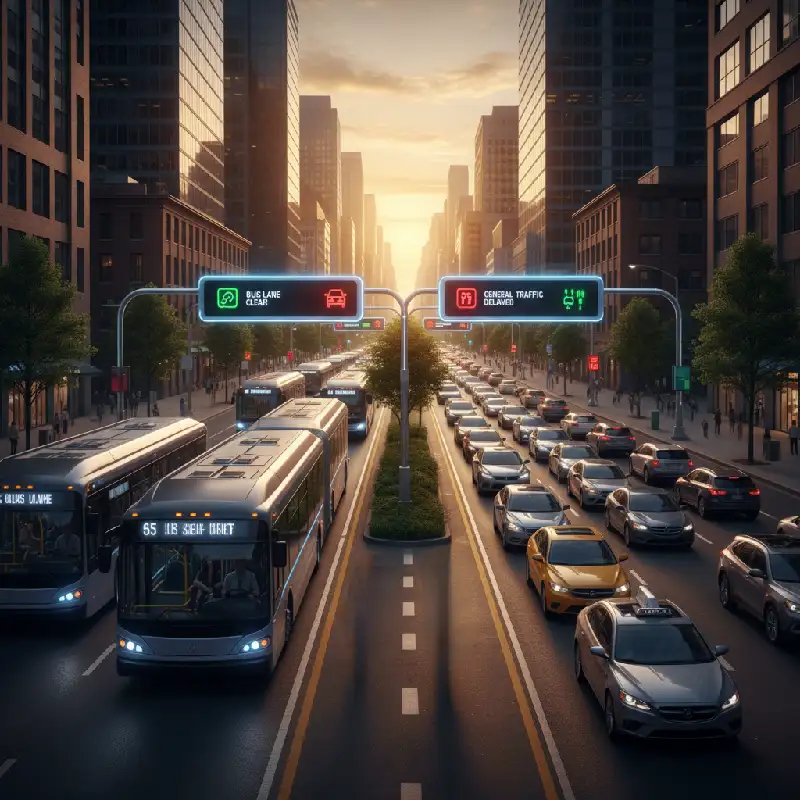
4. Public Transit: Make It Boringly Reliable
A Swiss watch isn’t exciting; it just works. Urban mobility needs the same reputation.
- Headways under 6 minutes erase the need to memorize timetables.
- One-tap NFC payments across buses, trams, bikes (think: Tokyo’s Suica, Hong Kong’s Octopus) cut boarding times 15 %.
- Level boarding and wide doors speed up wheelchair users, parents with strollers, and suitcase-dragging tourists—everyone wins.
And please, clean the gum off seats. Perception equals ridership.
5. Tech-Driven Mobility: From Apps to Autonomous Shuttles
The smartphone in your pocket is already a multi-modal passport. The next wave:
- Mobility-as-a-Service (MaaS) bundles Uber, e-scooter, ferry, and subway into a single monthly pass—Helsinki’s Whim pilot reports 12 % fewer private-car kilometers.
- Level-4 autonomous shuttles now ply Stockholm’s Barkarby district at 18 km/h. Speed underwhelms, but operating cost per mile beats a human-driven bus by 60 %.
- Smart parking sensors guide drivers to empty bays; in Los Angeles, they shaved 30 % of downtown circling traffic.
Early adopters gain the data—and the bragging rights.
6. Green Transit: The Only Growth Path Left
Seventy percent of urban CO₂ comes from tailpipes. Citizens notice: 9 in 10 Gen-Z buyers prefer brands with visible climate action. Sustainable transit is therefore vote-winning, brand-building, and planet-saving.
Quick wins:
- Swap diesel buses for electric models—Shenzhen’s 16,000-strong e-fleet saves 1.35 million tonnes of CO₂ yearly.
- Build protected bike lanes; Paris added 650 km during COVID and bike counts surged 166 %.
- Declare zero-emission zones (Oxford, 2025) banning petrol taxis and nudging EV adoption without costly subsidies.
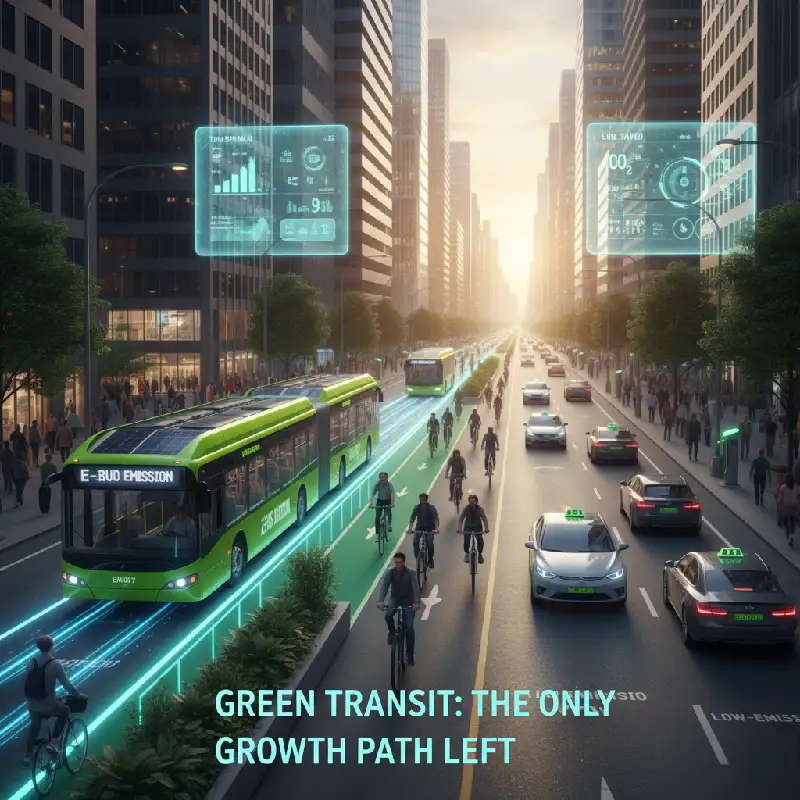
7. Policy & Governance: Glue That Holds It Together
Tech fails if rules lag. Blueprints for success:
- Public-private partnerships fund chargers, data platforms, and micro-mobility fleets—Singapore’s LTA splits cost and risk with operators 50/50.
- Open data mandates let start-ups build trip-planning apps on GTFS feeds, spawning entire ecosystems (see: Montreal, Barcelona).
- Community co-design workshops prevent “consultation theatre.” When Lagos bus riders mapped informal routes, planners discovered 30 % more trips than official models predicted.
8. Action Checklist (Copy-Paste Into Your Next Council Memo)
- Audit signal timings at the 20 busiest intersections—retime within 90 days.
- Pilot congestion pricing on one downtown corridor; sunset clause if KPIs miss target.
- Electrify 25 % of municipal buses in the next procurement cycle.
- Stripe 5 km of pop-up bike lanes this quarter; make permanent where ridership exceeds 2,000 cyclists/day.
- Integrate contactless payments across all modes—goal: one card, one app, one second tap.
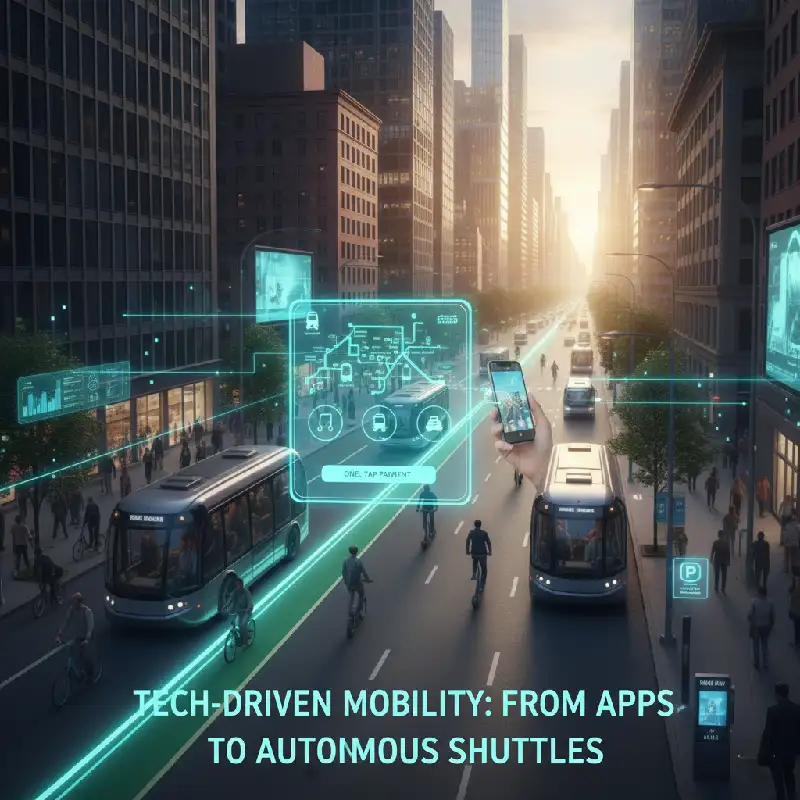
Final Stop
Efficient city transportation is not a line item in a public-works budget—it is the operating system of urban life. Metros that master smart traffic solutions, sustainable transit, and rider-first design will outpace rivals in talent attraction, corporate investment, and simple joy-of-life metrics. The roadmap above is platform-agnostic; the only missing ingredient is local will. Start small, measure relentlessly, scale fast. Your citizens—and your GDP—will thank you.


